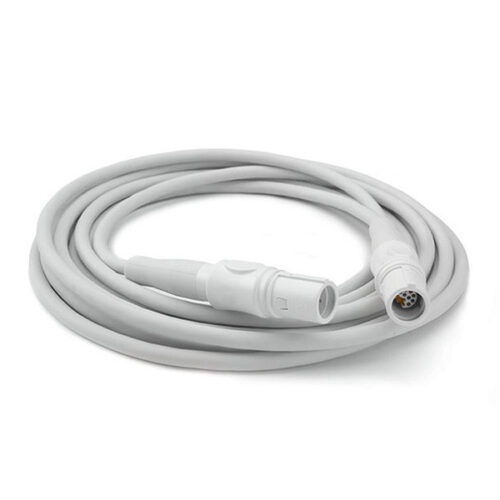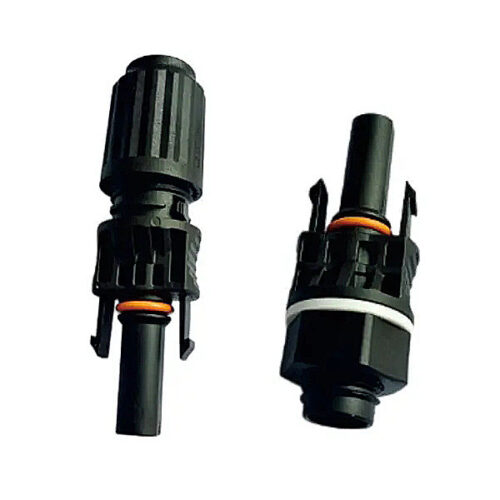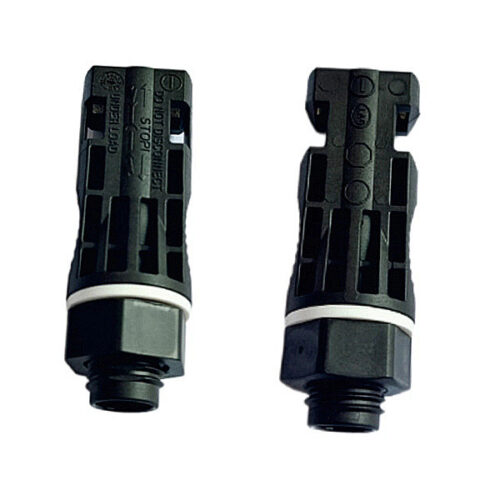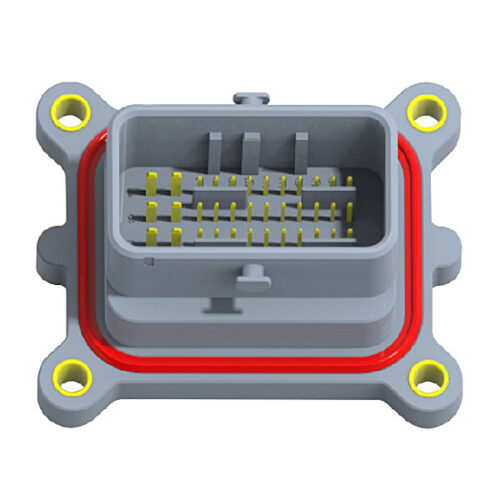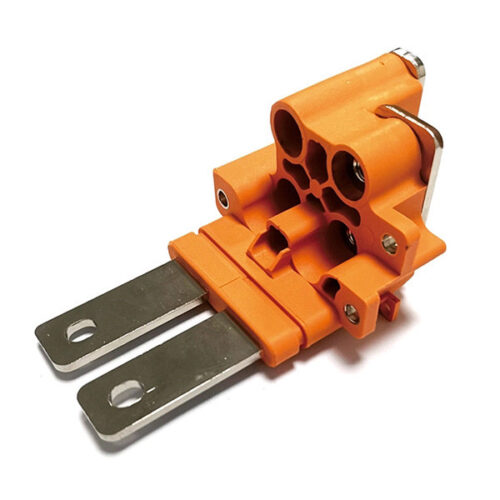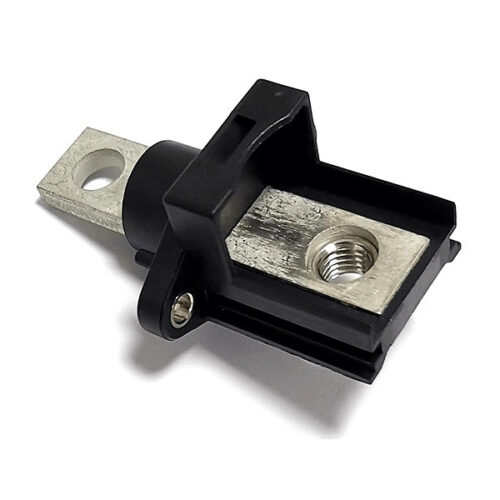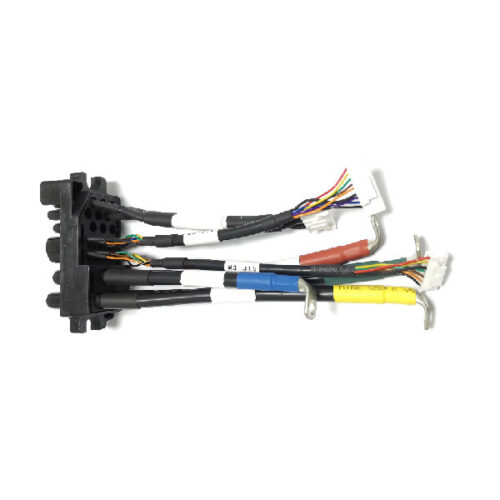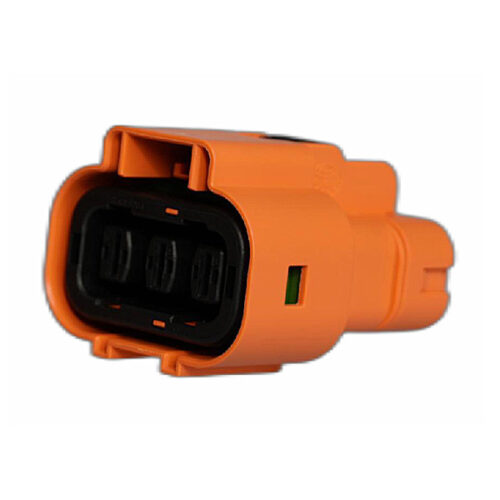Blogs & News
We are focus on automotive wiring harness & connectors technology.
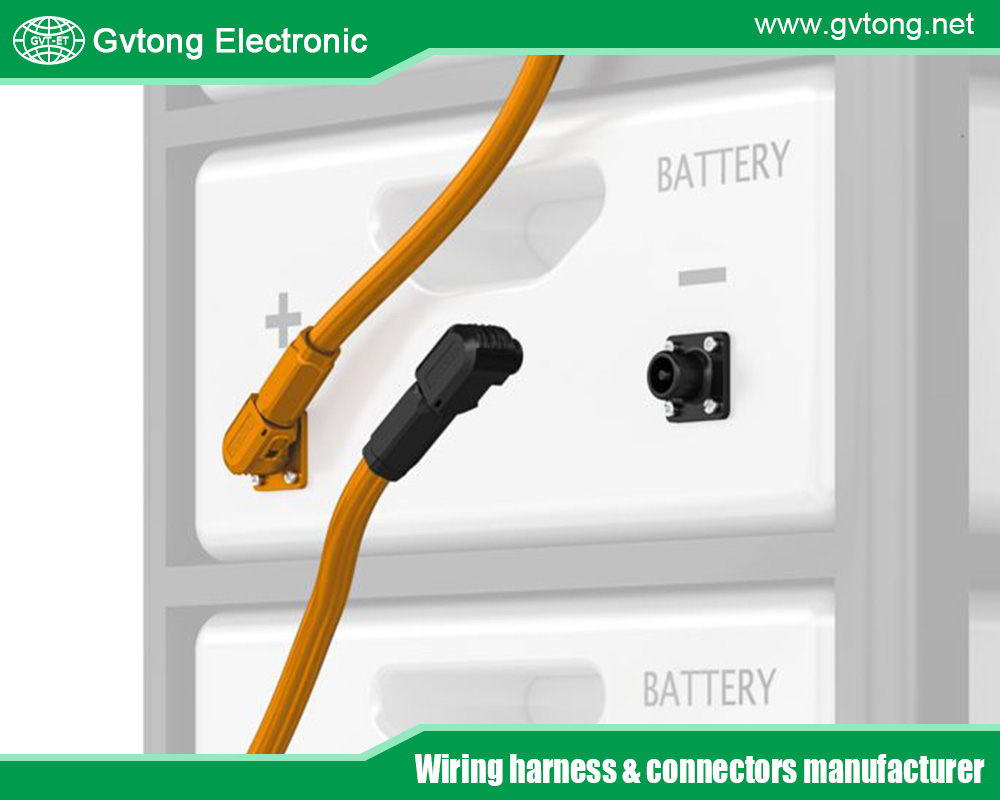
Automotive Data Connectors: Enabling the Connected Vehicle Revolution
- Gvtong Electronic
- ADAS sensor connectors, Anti-vibration automotive connectors, automotive antenna connector, automotive coaxial connector, automotive connector companies in russia, automotive data connectors, automotive data connectors factory, automotive data connectors manufacturer, automotive data connectors supplier'automotive data connectors market, automotive electrical connector, automotive High voltage connector, automotive Low voltage connector, automotive Oil-resistant Connectors, Automotive shielded connectors, automotive Signal Connector, automotive waterproof connectors, Battery management system (BMS) connectors, Best automotive low voltage connectors, Blind-mate automotive connectors, EV charging connectors, Fuel cell connectors, High-speed data connectors, High-temperature resistant connectors, In-cabin infotainment connectors, Lightweight automotive connectors, Low-contact resistance connectors, Modular automotive connectors, OEM-specific connectors, Oil-resistant automotive connectors, Pre-charge/discharge connectors, Quick-fit automotive connectors, V2X communication connectors
- No Comments
Automotive Data Connectors: Enabling the Connected Vehicle Revolution
In the age of connected, electric, and autonomous vehicles, automotive data connectors have emerged as critical components, serving as the conduits for the vast streams of data that power modern automotive systems. From enabling real-time navigation to supporting advanced driver assistance systems (ADAS) and vehicle-to-everything (V2X) communication, these connectors ensure seamless data transmission across a vehicle’s electronic architecture. As cars evolve into rolling computers, the role of data connectors becomes ever more vital, underpinning safety, efficiency, and innovation.
This article provides an in-depth exploration of automotive data connectors, covering their definition, types, applications, design considerations, challenges, and future trends. By delving into their significance, we uncover how these small but powerful components are driving the automotive industry toward a smarter, more connected future.
What Are Automotive Data Connectors?
Automotive data connectors are specialized electrical connectors designed to transmit digital signals and data between a vehicle’s electronic components. Unlike power connectors, which deliver energy to motors or batteries, data connectors focus on carrying low-voltage, low-current signals for communication between sensors, electronic control units (ECUs), infotainment systems, and external networks. These connectors operate typically below 60V DC and are engineered to handle high-speed, high-frequency data with minimal loss or interference.
Key Characteristics
- High-Speed Data Transmission: Capable of supporting protocols like CAN (Controller Area Network), LIN (Local Interconnect Network), Ethernet, and USB.
- Signal Integrity: Designed to minimize noise, crosstalk, and electromagnetic interference (EMI) for reliable data transfer.
- Durability: Built to withstand harsh automotive environments, including temperature extremes, vibrations, and moisture.
Importance in Vehicles
Data connectors are the nervous system of a modern vehicle, enabling communication between components that control everything from engine performance to autonomous driving. Without reliable data connectors, critical systems like lane-keeping assistance, real-time traffic updates, or over-the-air (OTA) software updates would falter, compromising functionality and safety.
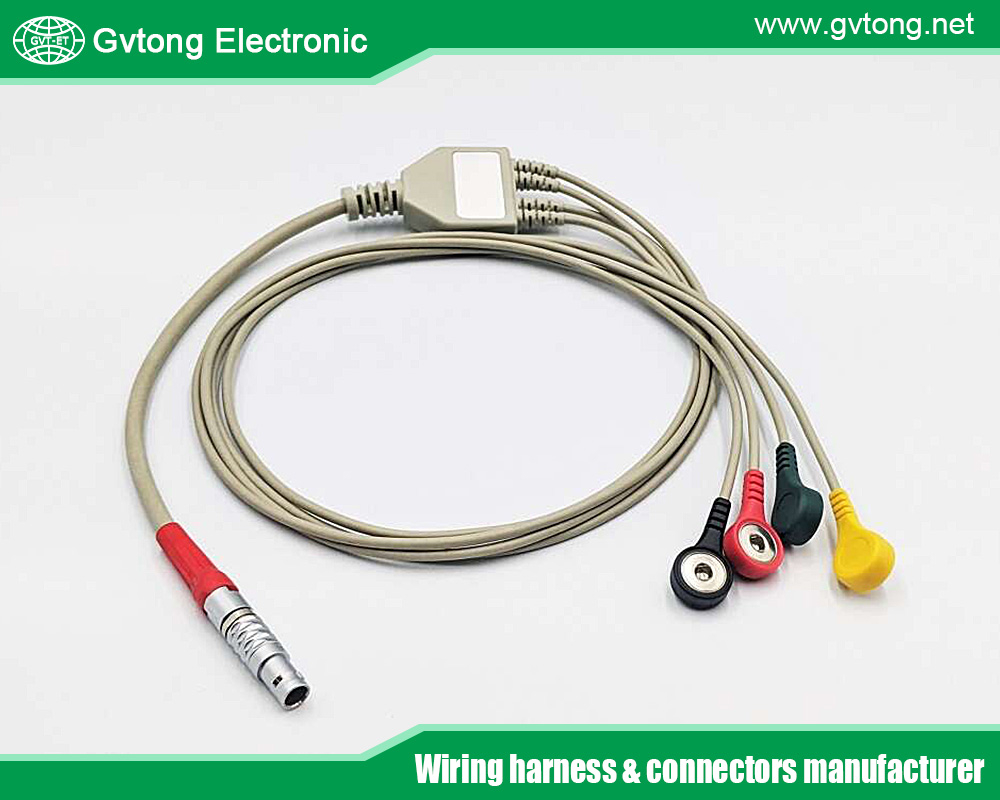
Types of Automotive Data Connectors
Several types of data connectors are used in automotive applications, each tailored to specific data transmission needs:
Pin and Socket Connectors
These versatile connectors feature a male pin that fits into a female socket, often used for connecting sensors, ECUs, and wiring harnesses. They support protocols like CAN and LIN, offering reliable, modular connections.
Coaxial Connectors
Coaxial connectors, with a central conductor surrounded by a shield, are ideal for high-frequency signals, such as those in GPS, radar, or telematics systems. Their shielding minimizes EMI, ensuring clear data transmission.
Ethernet Connectors
As vehicles adopt automotive Ethernet for high-speed networking, Ethernet connectors (e.g., based on standards like 100BASE-T1 or 1000BASE-T1) are becoming common. They support gigabit data rates for ADAS and infotainment.
Fiber Optic Connectors
Fiber optic connectors use light to transmit data, offering massive bandwidth and immunity to EMI. They’re increasingly used in autonomous vehicles for high-speed, high-volume data transfer between cameras and processors.
USB and HDMI Connectors
For infotainment systems, USB and HDMI connectors enable connectivity with external devices, supporting data transfer for media, diagnostics, and software updates.
Materials
- Contacts: Made from copper alloys (e.g., brass or phosphor bronze) with gold or tin plating to reduce resistance and corrosion.
- Housings: Constructed from durable plastics like polyamide or PBT, resistant to heat, chemicals, and UV exposure.
- Shielding: Metal or conductive coatings to combat EMI.
Applications in Modern Vehicles
Automotive data connectors are integral to a wide range of vehicle systems, each with unique data demands.
Advanced Driver Assistance Systems (ADAS)
ADAS relies on data connectors to link sensors (radar, LIDAR, cameras) to ECUs, enabling features like adaptive cruise control, lane departure warnings, and automatic emergency braking. These connectors must handle high-speed data with flawless reliability.
Infotainment and Connectivity
Modern infotainment systems demand robust data connectors to support navigation, streaming, and smartphone integration. Connectors like USB and Ethernet ensure seamless data flow for touchscreens, voice assistants, and Wi-Fi hotspots.
Vehicle-to-Everything (V2X) Communication
V2X systems, which enable cars to communicate with other vehicles, infrastructure, and the cloud, rely on data connectors for real-time data exchange. These connectors support protocols like DSRC (Dedicated Short-Range Communications) or 5G.
Engine and Powertrain
Data connectors in the engine bay transmit sensor data (e.g., temperature, pressure) to ECUs, optimizing fuel efficiency and emissions. They must endure heat, vibrations, and fluids while maintaining signal integrity.
Autonomous Driving
Self-driving cars generate massive data from cameras, LIDAR, and radar. High-speed data connectors, including fiber optics, ensure this data reaches processors quickly for real-time decision-making.
Specific Examples
- CAN Bus Connectors: Used in vehicle networks to connect ECUs, enabling communication for systems like ABS and traction control.
- Telematics Modules: Coaxial or Ethernet connectors support OTA updates and remote diagnostics, critical for connected vehicles.
Design Considerations
Designing automotive data connectors requires addressing several key factors to ensure performance in demanding conditions.
Signal Integrity
Maintaining clean, accurate data transmission is paramount. Designers focus on:
- Low Contact Resistance: To minimize signal loss.
- Shielding: To reduce EMI and crosstalk, especially for high-frequency signals.
- Impedance Matching: To prevent signal distortion in high-speed applications like Ethernet.
Environmental Resistance
Data connectors face harsh conditions:
- Temperature Extremes: From -40°C in cold climates to 125°C in engine compartments.
- Vibration and Shock: Constant road and engine vibrations.
- Moisture and Chemicals: Exposure to water, oils, and road salts.
Solutions include sealed housings, corrosion-resistant contacts, and robust locking mechanisms.
Miniaturization
With vehicles packing more electronics into tighter spaces, data connectors must be compact yet reliable. High-density designs allow multiple signals in a small footprint.
Data Rate and Bandwidth
As vehicles adopt Ethernet and 5G, connectors must support gigabit speeds and high bandwidth, requiring advanced materials and precise engineering.
Standards and Testing
Connectors must meet standards from organizations like SAE, ISO, and IEEE. Testing includes:
- Signal Integrity Tests: To verify data transmission quality.
- Environmental Tests: For temperature, vibration, and moisture resistance.
- Durability Tests: To ensure performance over thousands of mating cycles.
Challenges in Data Connector Design
Designing automotive data connectors comes with significant challenges:
Electromagnetic Interference (EMI)
The proliferation of electronics increases EMI, which can degrade signal quality. Shielded connectors and filters are essential but add complexity and cost.
High Data Rates
Autonomous and connected vehicles demand faster data transfer. Connectors must evolve to support protocols like 10GBASE-T1 Ethernet without sacrificing size or durability.
Miniaturization vs. Performance
Smaller connectors save space but risk reduced signal integrity or mechanical strength. Engineers must balance size with performance, often using advanced materials or multi-pin designs.
Environmental Durability
Exposure to water, dust, and extreme temperatures can compromise connectors. Achieving high ingress protection (IP) ratings, like IP67 or IP68, is critical but challenging in compact designs.
Cost Pressures
Automakers demand cost-effective solutions. Designers must optimize materials and manufacturing processes to keep costs low while meeting stringent standards.
Solutions and Innovations
- Advanced Shielding: Conductive coatings and braided shields reduce EMI.
- High-Density Connectors: Pack more pins into smaller spaces.
- Sealed Designs: Overmolding and gaskets enhance environmental resistance.
- Hybrid Connectors: Combine power and data to reduce connector count.
Future Trends
The future of automotive data connectors is shaped by technological and industry trends:
High-Speed Networking
Automotive Ethernet and 5G are transforming vehicle communication. Data connectors will evolve to support multi-gigabit speeds, enabling V2X and autonomous driving.
Fiber Optics Expansion
Fiber optic connectors, with their high bandwidth and EMI immunity, will become more prevalent in self-driving cars, handling data from multiple sensors.
Smart Connectors
Connectors with embedded diagnostics or sensors could monitor signal quality, temperature, or wear, enabling predictive maintenance and reducing failures.
Electrification
EVs require data connectors for battery management, charging systems, and auxiliary electronics. Lightweight, compact designs will optimize efficiency.
Sustainable Materials
Eco-friendly plastics and recyclable alloys are gaining traction, aligning with automotive sustainability goals.
Wireless Competition
While wireless technologies like Wi-Fi and Bluetooth reduce some connector needs, critical systems will continue to rely on physical connectors for security and reliability.
Case Studies and Real-World Impact
- Tesla’s Data Network: Tesla vehicles use Ethernet-based data connectors to support OTA updates and ADAS, ensuring high-speed, reliable communication.
- Autonomous Test Vehicles: Companies like Waymo rely on fiber optic connectors to handle the massive data generated by LIDAR and cameras.
- Commercial Fleets: Telematics systems in trucks use coaxial and Ethernet connectors for real-time tracking and diagnostics, improving efficiency.
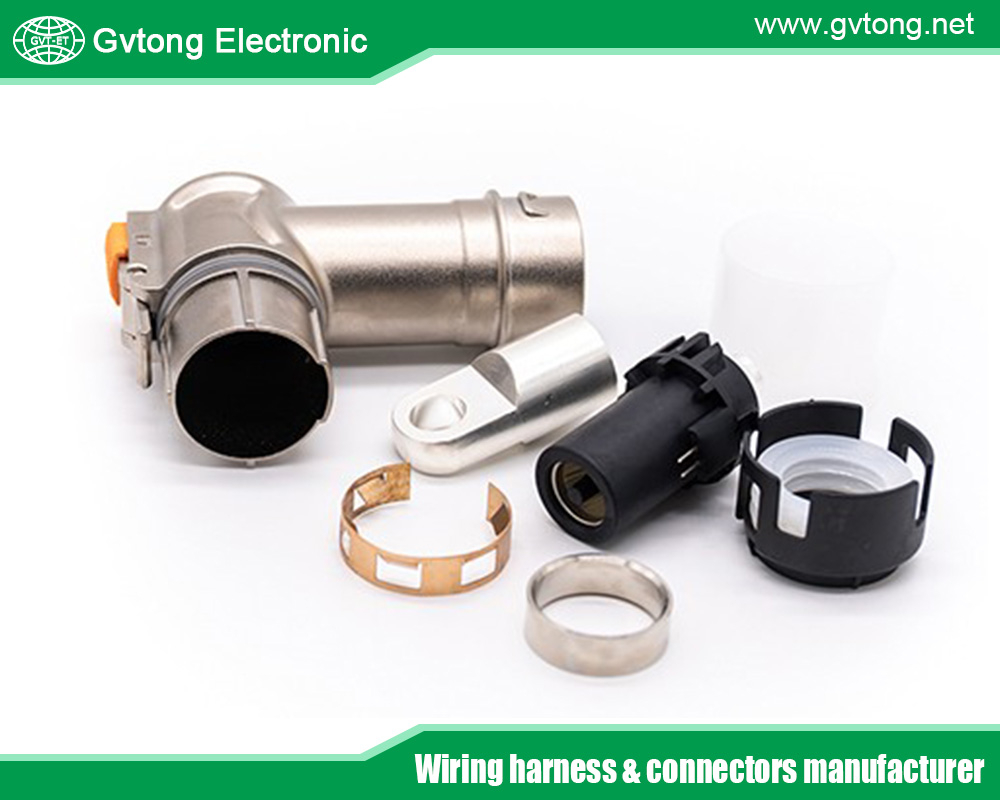
Conclusion
Automotive data connectors are the backbone of the connected vehicle revolution, enabling the seamless flow of data that powers modern cars. From ADAS to infotainment and autonomous driving, these connectors ensure reliability, speed, and safety in challenging environments. Designing them requires balancing signal integrity, durability, and size while addressing EMI, high data rates, and cost pressures. As vehicles become more electrified, autonomous, and connected, data connectors will evolve, embracing faster protocols, smarter features, and sustainable materials.
Next time you use your car’s navigation, activate cruise control, or receive an OTA update, consider the data connectors making it all possible. They may be small, but their role in shaping the future of mobility is monumental.
For more about the best automotive data connectors: enabling the connected vehicle revolution, you can pay a visit to Gvtong at https://www.gvtong.net/ for more info.

